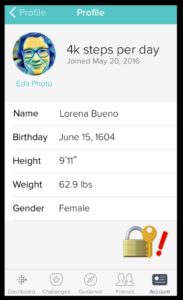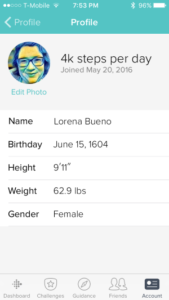Pokemon GO is one of a new generation of mobile games, tied to the real word using GPS and user-mapped locations for gameplay. Users walk around to find fixed play points, such as Pokestops and Gyms, as well as to find wild Pokemon at random spawn points. Each of these actions are tied to action trees for capturing game resources or reagents as needed.
There are several interlayered game play actions required to play the game, but my main annoyance is this: I can view the Pokemon I’ve “captured” in the game, but I can’t heal or repair them within that screen. I have to chase all the way back out to the main view screen, switch to the Items menu, and then guess how to heal or revive a Pokemon.
If I want to “upgrade” or “evolve”, I have to drop back to the main view screen, select the Pokemon to work with, and then upgrade or evolve the Pokemon.
While I understand that the reagents used in these game play actions are gathered in different ways (repair items are picked up at Pokestops, candy and stardust from capturing wild Pokemon), it doesn’t make sense to me that they have to be accessed in different game play action trees.
Accessing healing and revival through the Items menu allows players to wholesale heal and revive their Pokemon. Tap a Pokemon, heal them up. But players who want to min max their resources are stuck. They can’t see how many hit points a damaged Pokemon has – should they use two twenty point potions, or one fifty point potion?
Allowing a player to access potions from the Pokemon primary character screen would make it easier to manage resources. See a Pokemon’s hit points, select a healing potion, and apply with ease. You don’t have to take away the ability to mass-heal groups of Pokemon for players who choose to play that way; just allow for more precise gameplay for us min-maxers.
More detailed gameplay is under the cut, if you want to know more about how the game works.
Continue reading


 We could rent it, love it, then buy it for a total of $15.98.
We could rent it, love it, then buy it for a total of $15.98.


